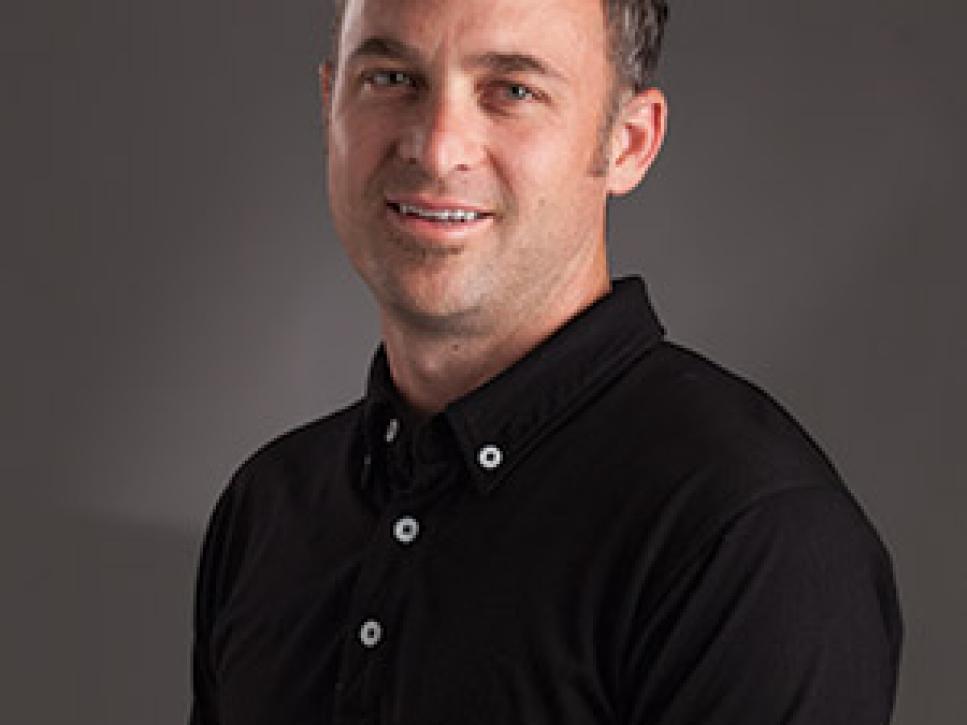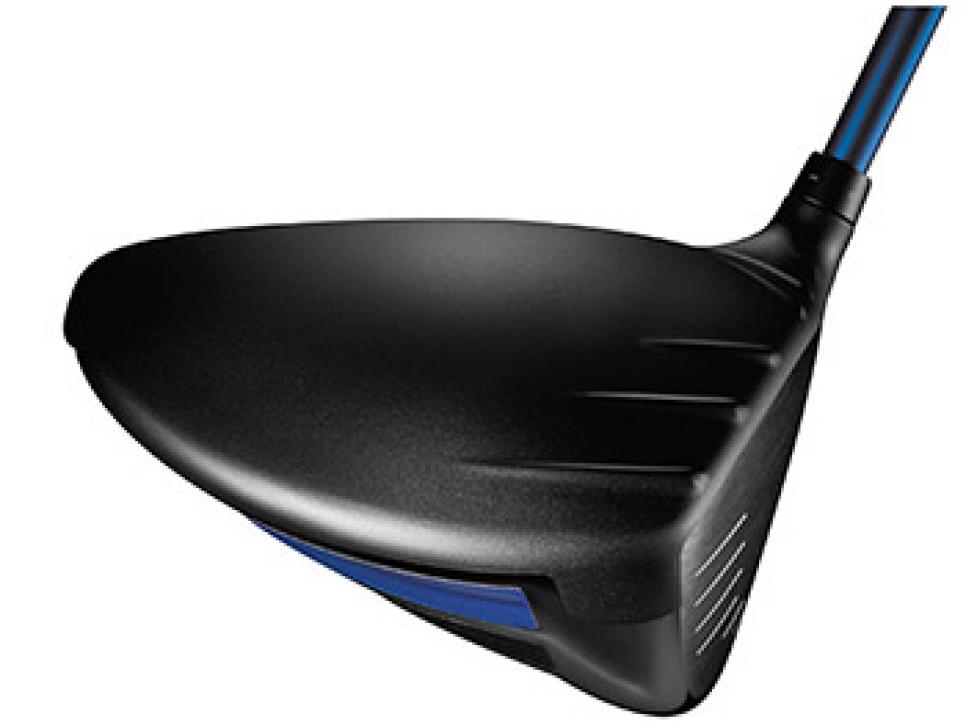The Loop
There's more to the popularity of the Ping G30 driver than just turbulators

Golf Digest Stix: How much of G30's success in the marketplace is because its "turbulators" technology story is easy for consumers to understand and embrace?
John K. Solheim: When you see the ball going longer and straighter, it makes the technology easier to understand and embrace. [But] we did make a conscious effort with our marketing to go deeper into what makes the G30 work. We wanted golfers to understand the turbulators (below) by showing them the wind-tunnel footage.

How much does having a marquee player like Bubba Watson help in terms of promoting and selling the driver?
We actually video-taped Bubba when he first got his G30 driver [last year]. His results were very impressive, and the driver went immediately into his bag, validating our engineering efforts. Combined with Bubba's fun personality, it turned into a perfect promotional video. Bubba doesn't just hit long drives, he's got a complete game, so he is great at promoting all of our clubs.
Other manufacturers and retailers have talked about "cleaning up inventories" and "managing product cycles." That doesn't seem to have been an issue with Ping. Why?
Our business model of custom-built clubs shipped within 48 hours of receiving an order eliminates the need for our retailers to over-stock our products. If they take the time to fit our products, it usually leads to a sale. They simply place the order, and we ship them the already-sold clubs. It allows us to better forecast our business from an inventory perspective and run it more efficiently for the benefit of all involved. We take a long-term view of the business by maintaining sustainable product cycles, which provide our customers predictability and, more importantly, jobs for our employees.
Why have golf-equipment sales in general been off the last two years?
Golf's participation challenges have been well-documented, which certainly plays a factor in equipment sales. It's also no secret supply had outweighed demand. We don't believe in the short-term strategy, "if it doesn't sell, lower the price and try this new one," because it just leads to oversupply. While overall industry sales have declined in the last few years, we've gained market share in most key categories, which tells us our business model has more viability than ever. We don't get overly concerned about the annual ups and downs in equipment sales. We know that golfers will get new equipment when better equipment is available.
How much harder is it to sell the idea of innovation to golf consumers today?
Innovation is a core value of Ping and what drives our culture. A lot of times innovation gets confused with "new," which doesn't always mean better. We define innovation as something that leads to improved performance in a product, and we focus on communicating those benefits.
How has the retail landscape for golf changed, and what does that mean for the equipment-buying experience? Retailers of all types continue to see the value in custom-fitting. They may operate their businesses differently, but the goal is the same: develop loyal customers. We're investing in the tools and education to improve the buying experience. We look at buying clubs as an investment in a golfer's game, not as an expense. If they get fit into the right equipment by an expert, it will pay dividends on the golf course in the form of lower scores and more fun.
Ping's made a long-standing commitment to fitting. How is custom-fitting easier or more difficult today for manufacturers, retailers and consumers? We believe custom-fitting is more exciting than ever. It is part of everything we do. It's been that way for over 50 years, so we don't know any other way. With today's technology to research and analyze the golf swing, we're able to develop tools and methods for fitters that simplify the process while ensuring consumers clearly understand the improved results from the custom-fitting. It is all right there in the launch-monitor data.
What challenges/opportunities are there with social media and consumer interest? Interestingly, the Ping brand was largely built on social media before there was such a term. It was called "word of mouth" and my grandfather, Karsten Solheim, relied on it heavily. He knew there was no better validation for his products than happy golfers. If they played better with Ping clubs, they shared that with their friends. Today, social media provides us a platform to further share the Ping brand story with our extremely loyal consumers while reaching a new, younger audience that consumes most of its information through digital and social media. We enjoy the challenge of creating interesting content or simply answering a question about fitting for them.
*Interested in more stories on equipment? Signup to receive Golf Digest Stix, a weekly digital magazine that offers the latest news, new product introductions and behind-the-scenes looks at all things equipment. *